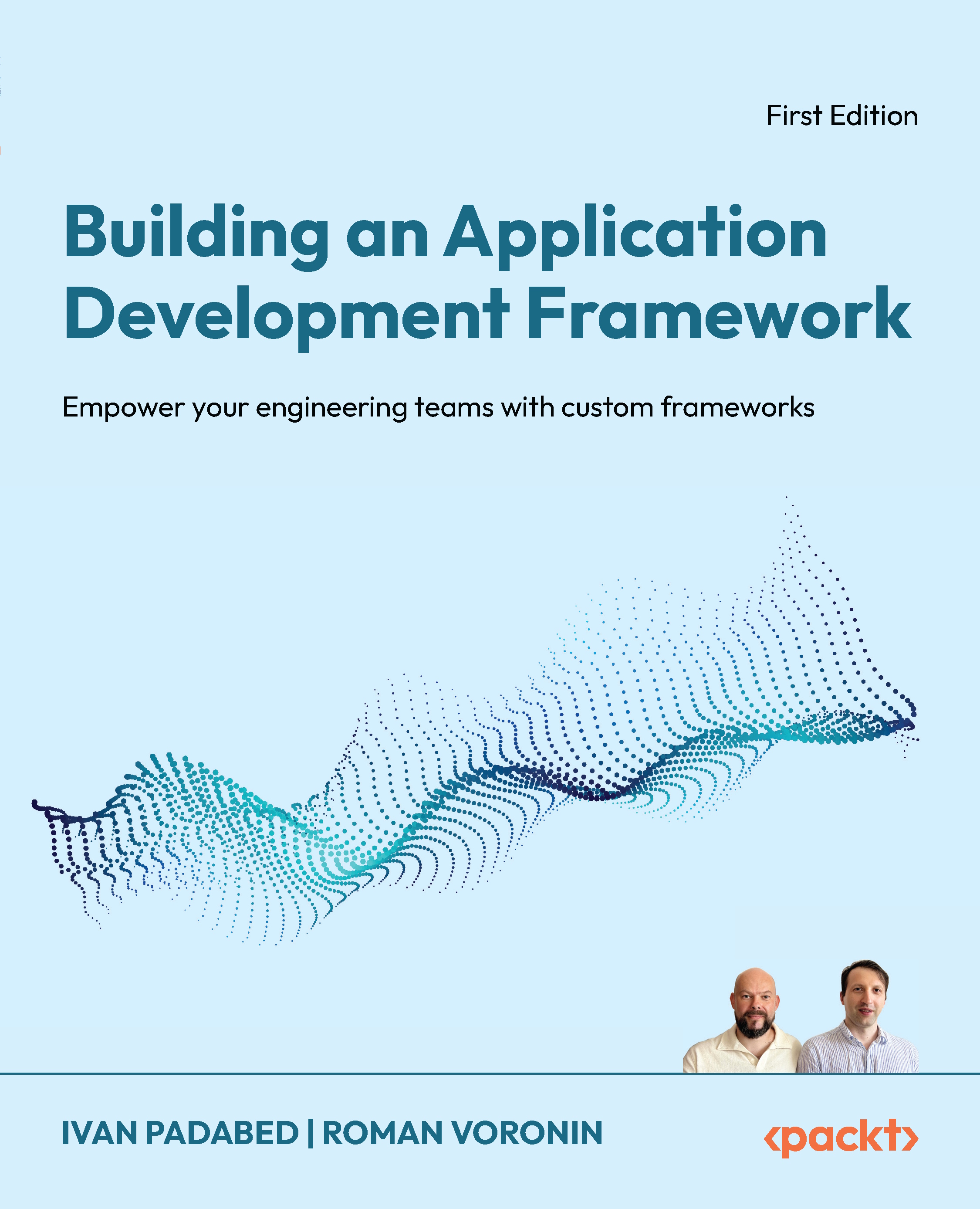Structuring a framework for extensibility
Designing a software project for extensibility is crucial for maintaining and scaling applications efficiently over time. It involves creating a flexible architecture that allows for future growth, feature additions, and integration with other systems without significant overhauls.
Modular design
A project should be structured into distinct, loosely coupled modules with well-defined interfaces. Each module handles a specific aspect of the application’s functionality and can be developed, tested, and updated independently. This approach enhances maintainability, reduces complexity, and increases the ease of adding or updating features. It also supports parallel development across different teams.
Leveraging design patterns
The use of design patterns such as Factory, Strategy, Observer, and Decorator can solve common problems in a reusable and predictable way. These patterns provide proven solutions for frequent architectural...

































































